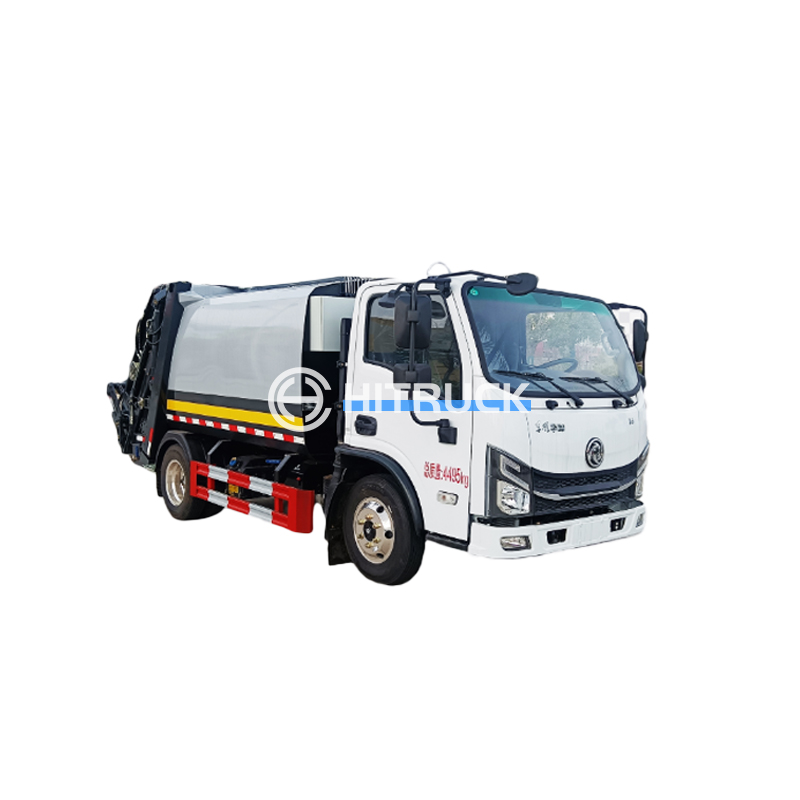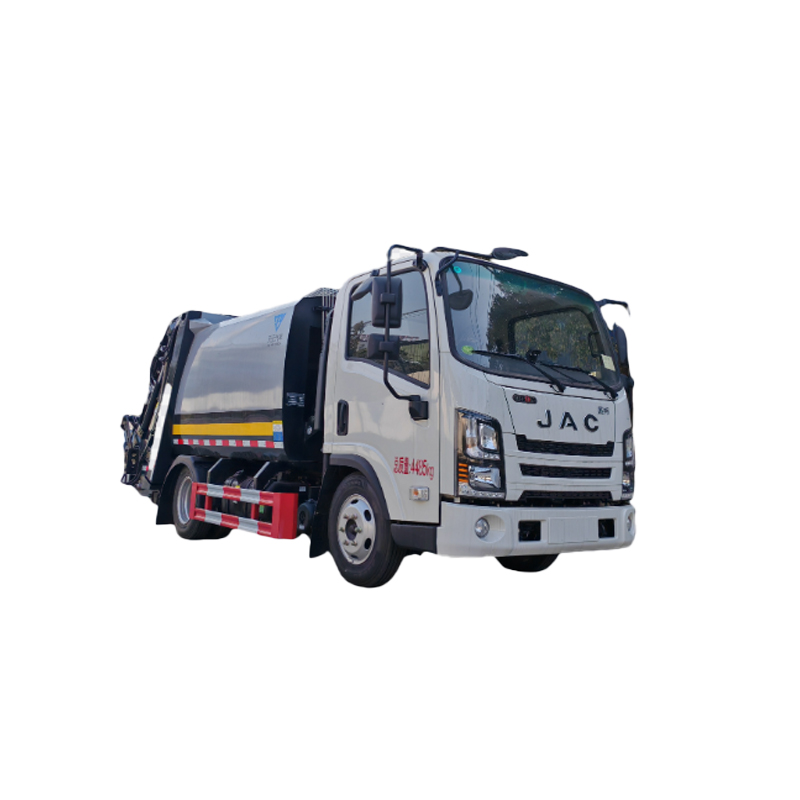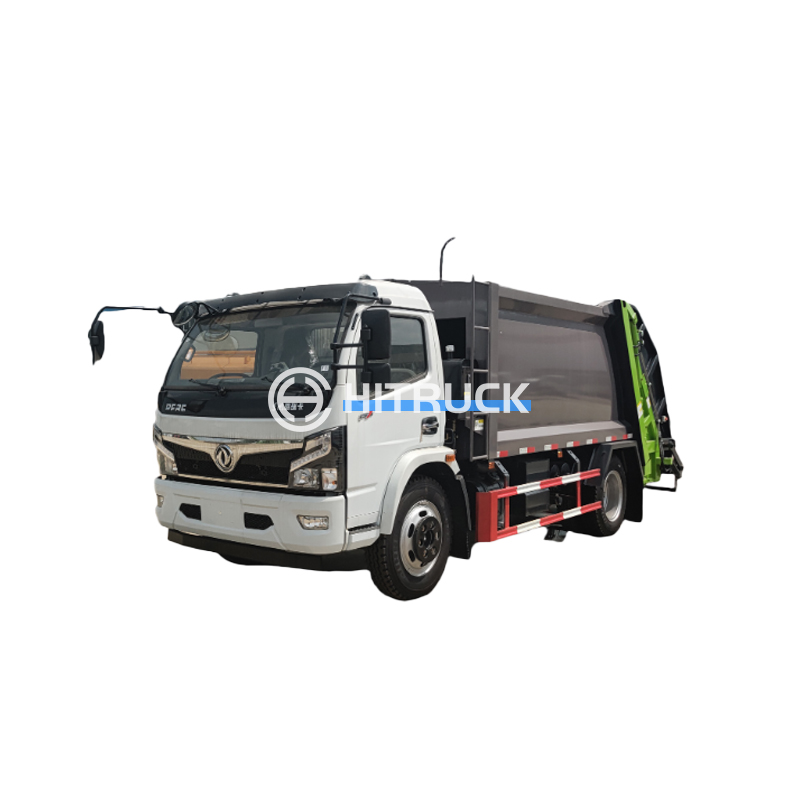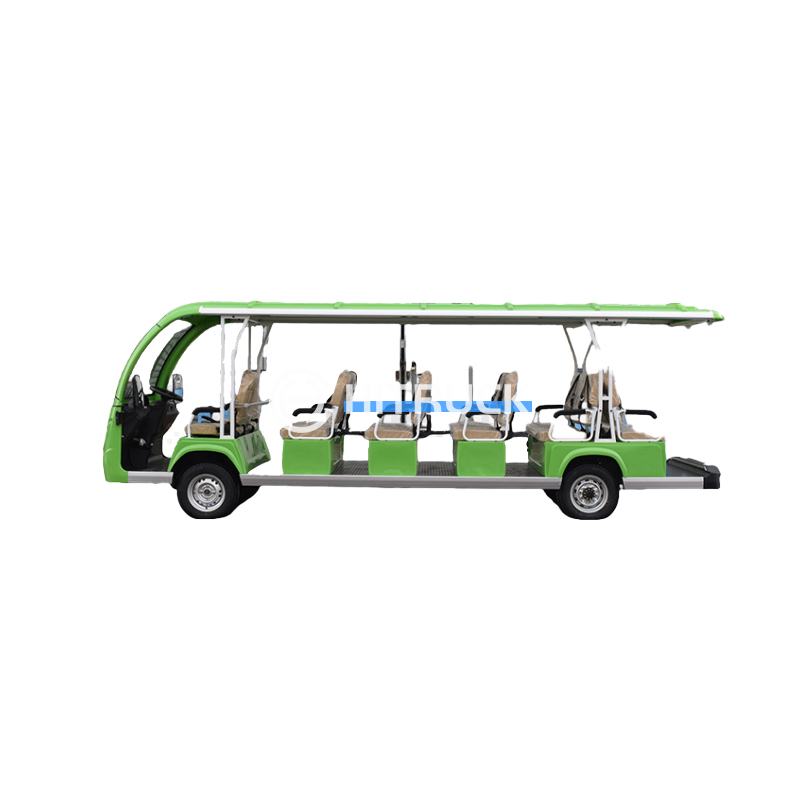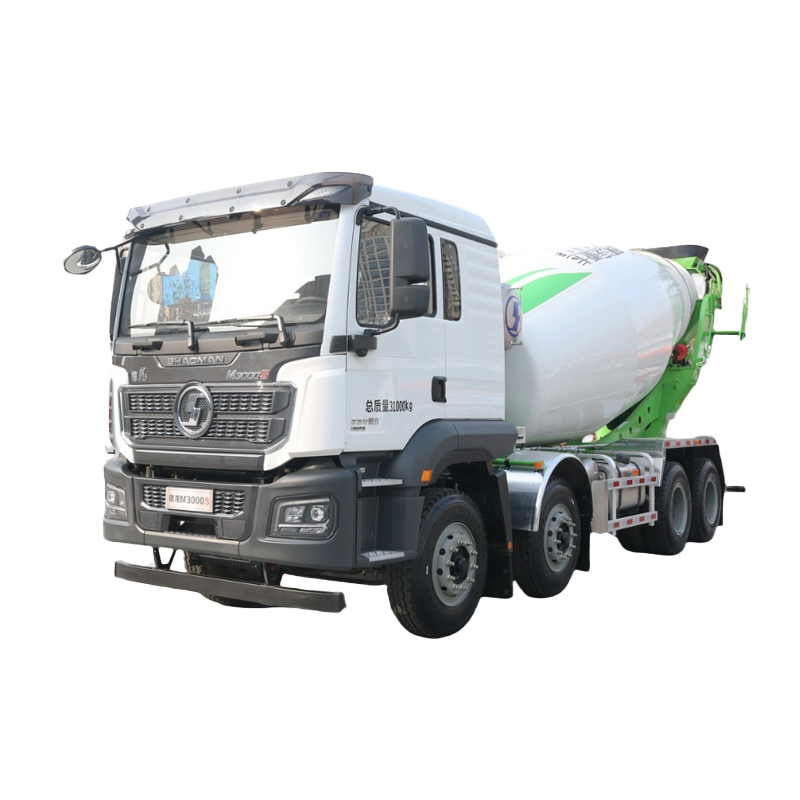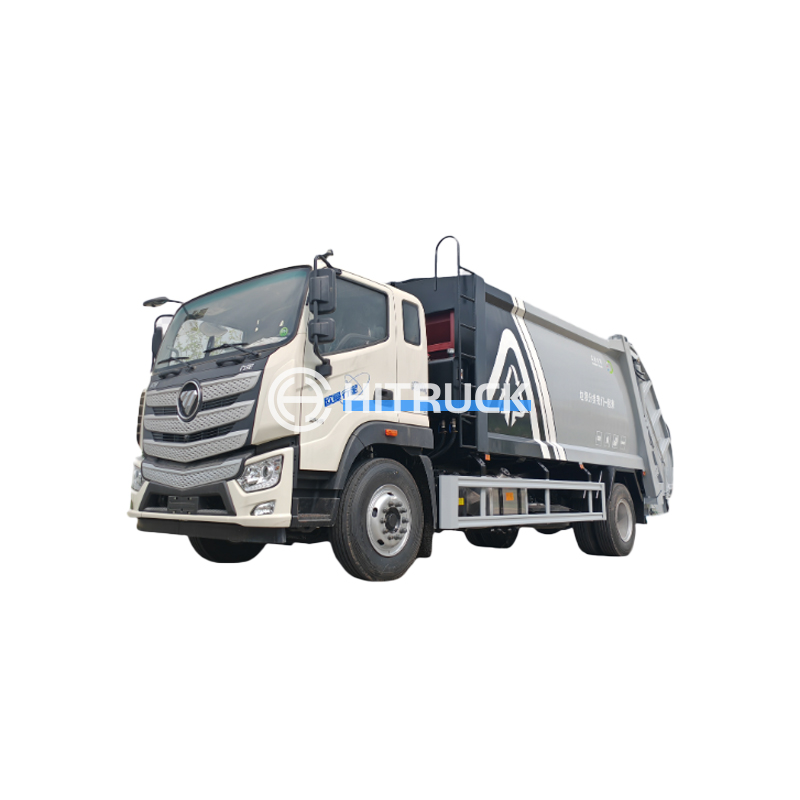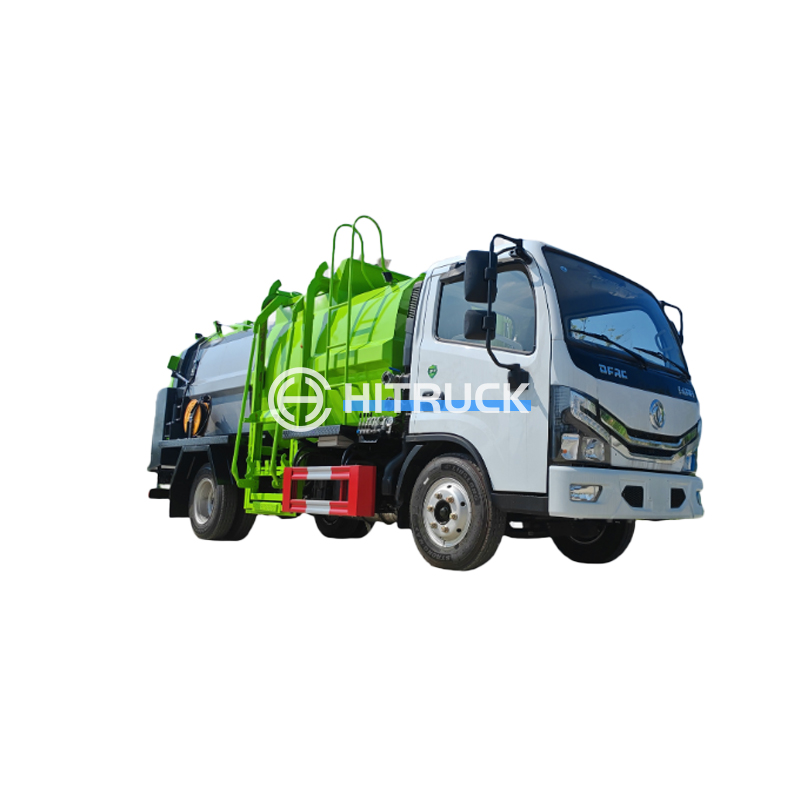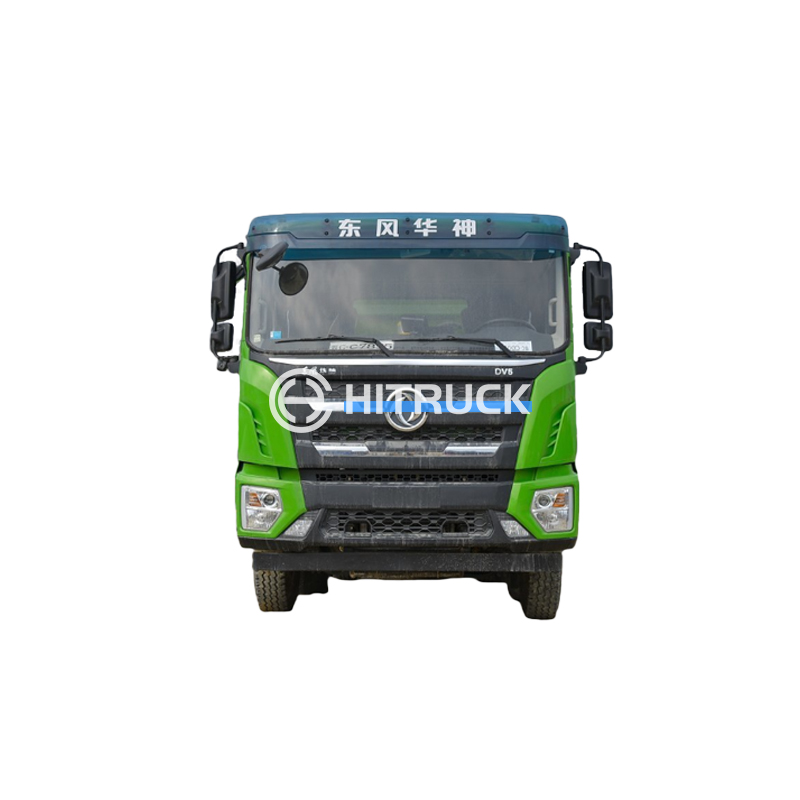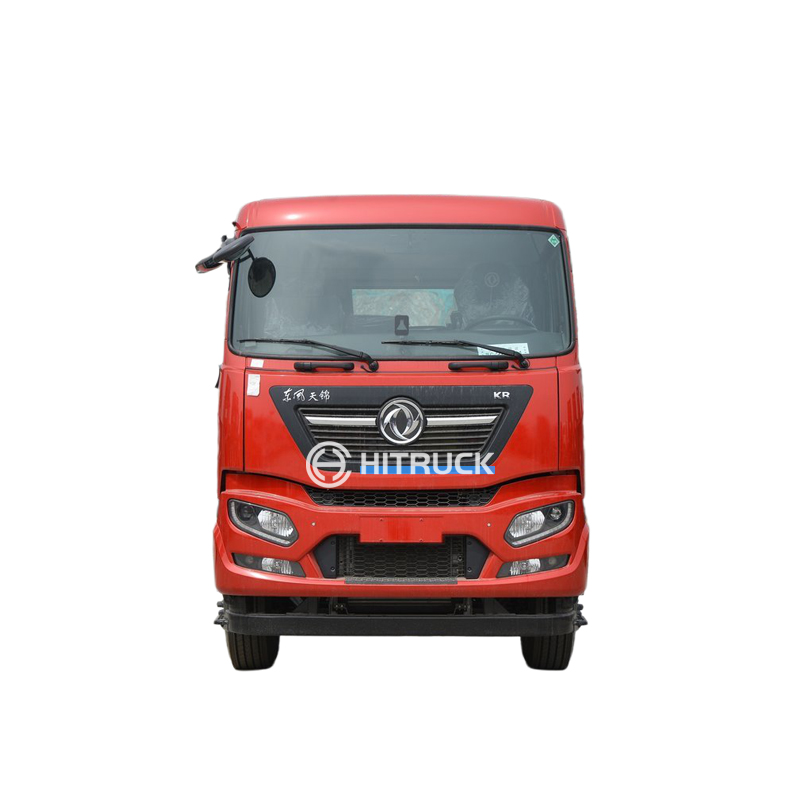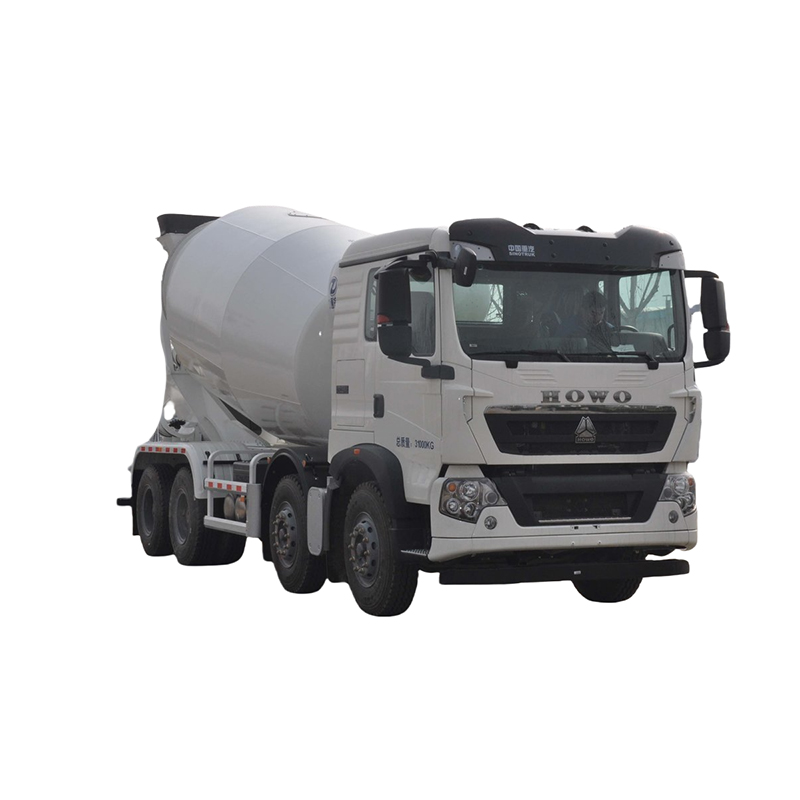Water Tanker vs. Water Tank: Understanding the Differences and Choosing the Right OneUnderstanding the key differences between a water tanker and a water tank is crucial for making the right choice for your specific needs. This guide clarifies the distinctions, explores various applications, and helps you determine which option best suits your requirements.
What is a Water Tanker?
A
water tanker is a specialized vehicle designed for transporting large volumes of water. These vehicles are typically equipped with a large, robust tank mounted on a chassis, often a truck or trailer. The tank's size varies greatly, ranging from a few thousand gallons to tens of thousands of gallons, depending on the application.
Water tankers are essential for various purposes including emergency water supply, construction sites, agricultural irrigation, and industrial processes. They are mobile and designed for transporting water over distances. Key features often include specialized pumps for efficient filling and dispensing, and safety features to prevent spills and leaks.
Types of Water Tankers
There are various types of
water tankers, each suited to different needs: Small Water Tankers: Ideal for smaller-scale applications like landscaping or residential use. Medium Water Tankers: Commonly used for construction projects, providing water for mixing concrete or dust suppression. Large Water Tankers: Used for large-scale operations, including emergency response and industrial applications.
What is a Water Tank?
A
water tank, in contrast, is a stationary or semi-stationary container used for storing water. These tanks can be made from various materials such as steel, plastic, or concrete. They are typically installed at a fixed location, such as a home, farm, or industrial facility. Sizes also vary widely, from small household tanks to massive industrial reservoirs.
Water tanks serve various purposes including rainwater harvesting, emergency water storage, supplying water for irrigation or fire protection systems.
Types of Water Tanks
Similar to
water tankers,
water tanks come in different types: Underground Water Tanks: These are concealed and ideal for preserving aesthetics and land space. Aboveground Water Tanks: Visible and easier to access for inspection and maintenance. Elevated Water Tanks: Utilized for increased water pressure in distribution systems.
Water Tanker vs. Water Tank: A Comparison
| Feature | Water Tanker | Water Tank |
| Mobility | Mobile | Stationary or Semi-stationary |
| Primary Function | Transportation | Storage |
| Typical Size | Hundreds to thousands of gallons | Tens to thousands of gallons |
| Material | Typically steel | Steel, plastic, concrete |
Choosing the Right Option
The choice between a
water tanker and a
water tank depends entirely on your specific needs. Consider the following factors: Your water needs: How much water do you need, and how frequently? Location: Do you need a mobile solution or a fixed storage system? Budget:
Water tankers are generally more expensive than
water tanks due to the vehicle and associated costs. Maintenance: Both require maintenance, but the complexity and frequency differ.For reliable
water tankers and related equipment, consider exploring options from reputable suppliers. For example, you might find suitable options at
Suizhou Haicang Automobile sales Co., LTD. Remember to always prioritize safety and compliance with local regulations when choosing and operating either a
water tanker or
water tank.

